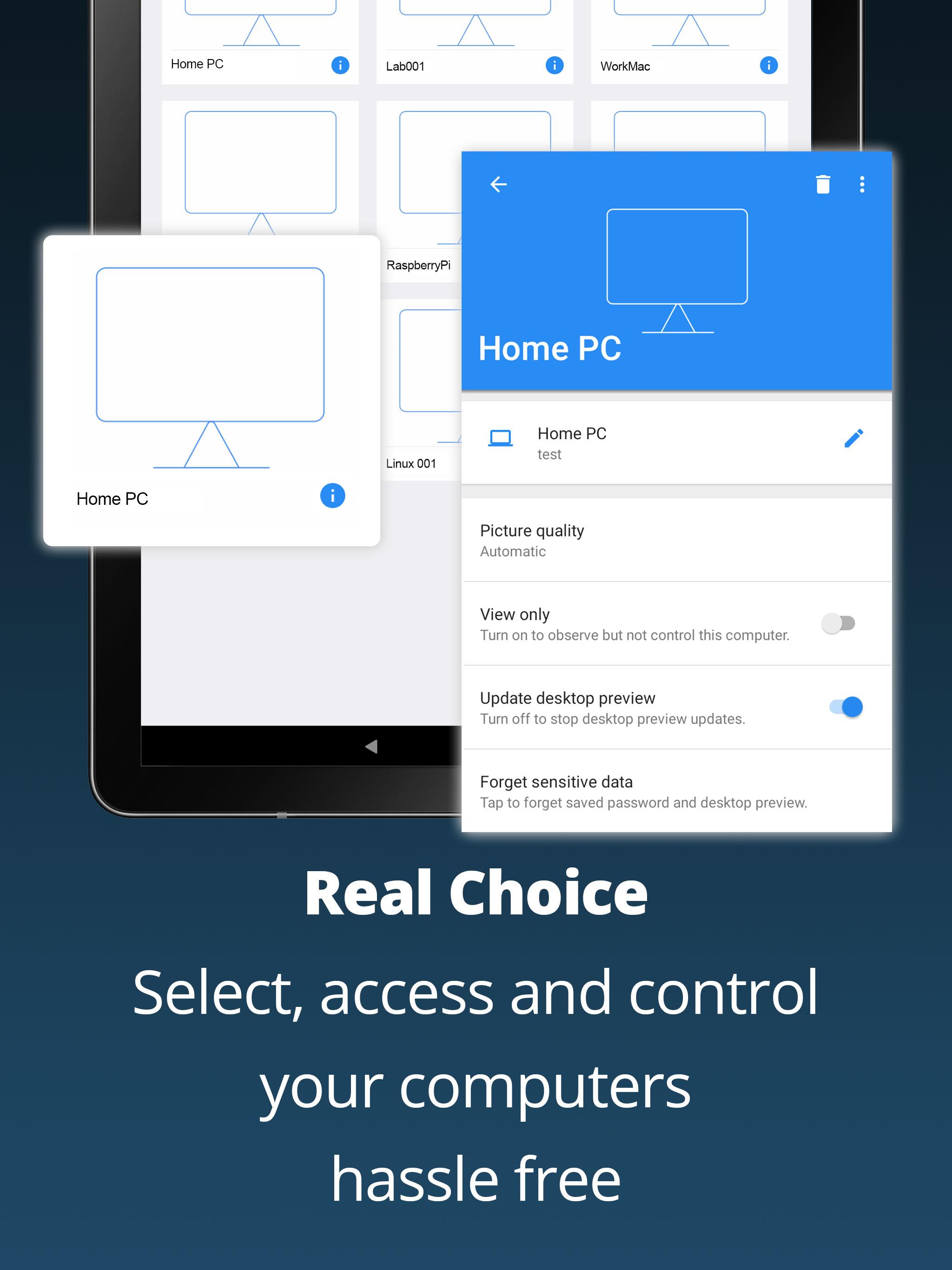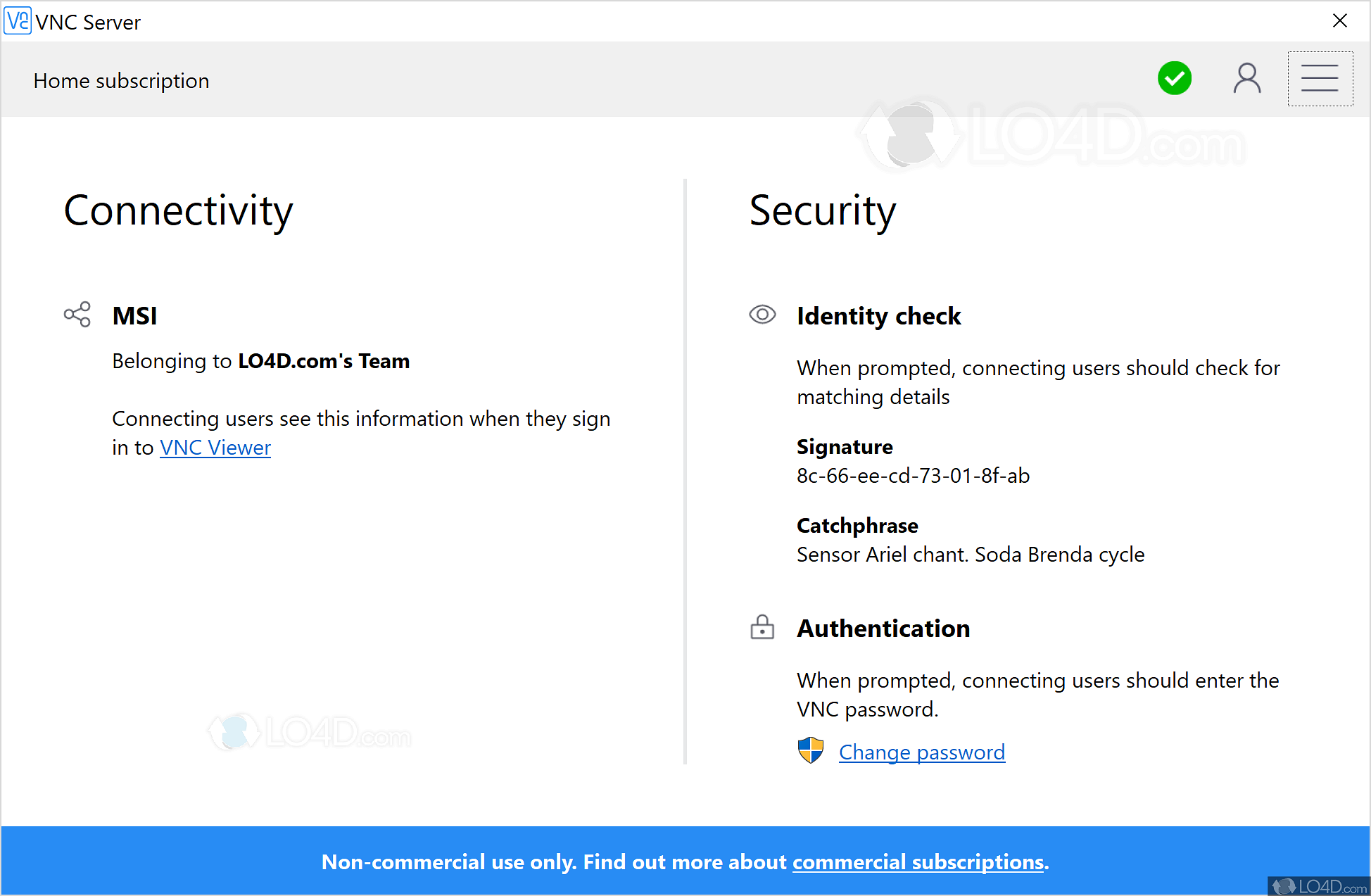Can you truly manage your Internet of Things (IoT) devices from anywhere, at any time? The answer, increasingly, is a resounding yes, thanks to the power of IoT remote VNC (Virtual Network Computing) solutions. In today's world of interconnected devices and remote work, the ability to control and monitor your IoT devices from a distance is no longer a futuristic conceptit's a practical reality.
The allure of remote device management lies in its transformative potential. Imagine being able to troubleshoot a malfunctioning sensor in a remote location, update software on a fleet of devices without physical access, or monitor real-time data from the comfort of your home. The ability to connect to IoT devices remotely, essentially extending your control over them, represents a paradigm shift in how we interact with technology.
At its core, VNC technology provides the foundation for this remote access. By enabling you to view and control the graphical user interface (GUI) of your IoT devices, VNC creates a virtual window into their operations. This is particularly useful for devices running Linux-based platforms, such as Raspberry Pi and other embedded systems commonly found in IoT applications.
The rise of remote work has further fueled the demand for reliable and secure remote access tools. Professionals and businesses alike need solutions that allow them to manage their devices and systems seamlessly, regardless of their physical location. Enter the realm of "IoT remote VNC free" solutions, which offer a cost-effective way to achieve this critical functionality. These free versions of VNC connect tailored for IoT devices can be an ideal entry point for beginners or anyone who wants to experiment with remote access without any financial commitment. With this technology, you can connect to your IoT devices over the internet, managing and monitoring them from the comfort of your windows or mac laptop.
One of the significant advantages of VNC solutions is their ability to streamline operations and enhance productivity. Tech enthusiasts, small business owners, and professionals can all benefit from a comprehensive understanding of the tools that can significantly improve productivity and convenience. This technology allows you to connect to your IoT devices using a secure connection and without any complex setup.
One of the most attractive features of VNC is that it is free, but there are some paid solutions such as Socketxp, it's essential to weigh the pros and cons. For many, however, the free versions provide adequate functionality, especially for testing and personal use.
Before diving into the technical aspects, it's crucial to understand the fundamental principles of remote device management. VNC (Virtual Network Computing) is the technology enabling this, but what does that really mean? VNC essentially creates a virtual window into the GUI of your IoT device. This allows you to interact with the device as if you were sitting directly in front of it.
The core concept is straightforward: a VNC server runs on your IoT device, and a VNC client runs on your computer or mobile device. The client connects to the server over the internet, and the server transmits the device's screen output to the client, allowing you to view and control it. Its like having a remote desktop but tailored for IoT applications.
This process involves some key components. First, you need a VNC server running on your IoT device. Popular choices include TightVNC, which offers a simple and lightweight solution, and others that are also free to use. Setting up an XFCE desktop environment on the IoT device can further enhance the user experience, providing a familiar and user-friendly interface. Second, you need a VNC client. There are several VNC clients available for Windows, macOS, iOS, and Android. TightVNC itself offers a client, and other options like "Get Remote Ripple" are gaining popularity for their user-friendly interfaces. It is one of the most popular and secure clients.
VNC solutions often rely on standard network protocols. Depending on your network configuration, you might need to configure port forwarding on your router to allow external connections to your IoT device. However, platforms like SocketXP streamline this process, eliminating the need for port forwarding and simplifying the setup.
Once these components are in place, you can connect to your IoT device from anywhere with an internet connection. This opens up a world of possibilities, from remote monitoring and diagnostics to software updates and device configuration.
Let's delve into the practical aspects of setting up and utilizing IoT remote VNC solutions.
1. Device Setup: Before you can remotely connect, ensure your IoT device is set up and operational. This includes installing the necessary operating system, networking configuration, and any required applications. Ensure that all the devices are properly connected to the internet and that you have the necessary credentials to log in.
2. VNC Server Installation: Install a VNC server on your IoT device. TightVNC is a popular choice due to its simplicity and ease of use. Other options may offer additional features or be optimized for specific hardware. The installation process typically involves downloading the server package, installing it, and configuring a password for remote access.
3. Desktop Environment (Optional but Recommended): Consider setting up a desktop environment like XFCE. This provides a graphical interface, making it easier to interact with your device remotely. XFCE is lightweight and resource-efficient, making it suitable for many IoT devices.
4. Firewall Configuration: Configure your firewall to allow VNC traffic. The default VNC port is 5900, but you might need to adjust this based on your configuration. Ensure that only authorized connections are allowed for security.
5. Network Configuration: Determine how your device will be accessed remotely. If your device is behind a NAT (Network Address Translation) router, you may need to configure port forwarding. Platforms like SocketXP simplify this by providing a secure, tunnelled connection, eliminating the need for port forwarding. This is one of the key advantages that differentiate the solution.
6. VNC Client Installation: Install a VNC client on your remote device (e.g., your laptop, tablet, or smartphone). Choose a client that is compatible with your operating system. Popular options include TightVNC for Windows and cross-platform clients like Remotix.
7. Connection and Remote Access: Enter the IP address or hostname of your IoT device along with the port number (e.g., 192.168.1.100:5900) into your VNC client. Enter the password you set up on the VNC server. Once connected, you should see the desktop of your IoT device on your remote device.
8. Security Best Practices: Always use strong passwords and consider enabling encryption to secure your VNC connection. If possible, use SSH tunneling to further protect your connection. Always keep your VNC server and client software updated to patch any security vulnerabilities.
The "IoT remote VNC anywhere free" model is rapidly evolving, offering increasingly sophisticated solutions.
In summary, the allure of IoT remote VNC free solutions lies in their ability to empower individuals and businesses to manage devices remotely. This technology is more than just a convenience; it is essential in today's interconnected digital environment.
However, remote access isn't just about control; its about optimization. By allowing you to remotely monitor your devices, you can detect and resolve issues more efficiently, reducing downtime and improving overall system reliability. This is especially important for devices deployed in remote or inaccessible locations.
Looking ahead, the convergence of IoT and remote access technologies promises to deliver even more innovative solutions. Imagine devices that can proactively diagnose and resolve issues, predict maintenance needs, and adapt to changing conditions autonomously. The possibilities are truly limitless.
As you embark on your journey with IoT remote VNC, remember that the right tools and strategies can significantly enhance your productivity and convenience. Explore the various free solutions, experiment with different configurations, and prioritize security to unlock the full potential of remote device management.
Top Free VNC Remote Access Tools Tailored for IoT:
TightVNC: Offers a simple and lightweight server and client solution for Windows and Linux.Remotix: Provides a cross-platform VNC client for various operating systems, including Windows, macOS, iOS, and Android. Get Remote Ripple: Provides a modern VNC client for various operating systems.
SocketXP: Provides a cloud-based IoT device management and remote access platform, simplifying connections behind NAT routers and firewalls.
VNC Connect: A popular choice, with a free version available for personal use, offering robust features for managing devices remotely.


